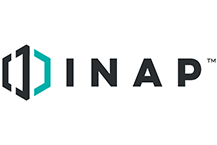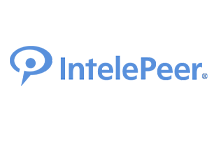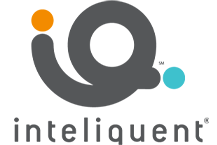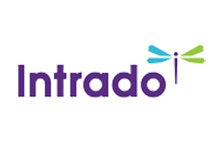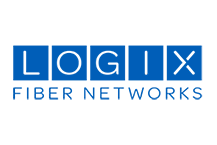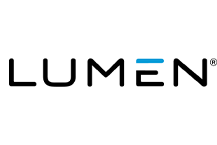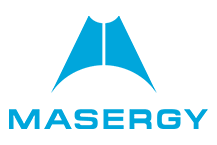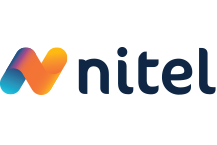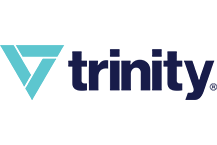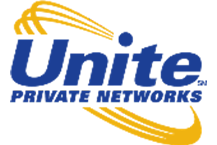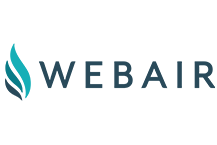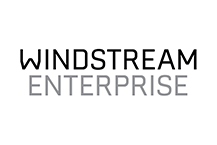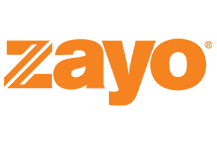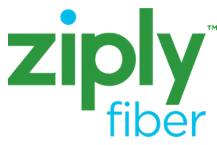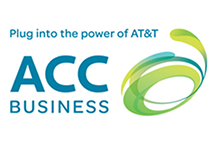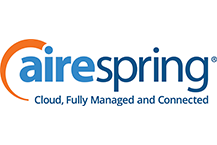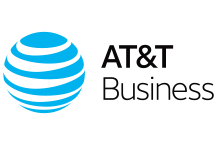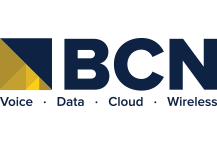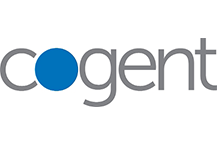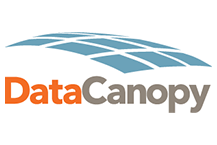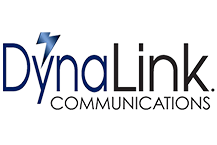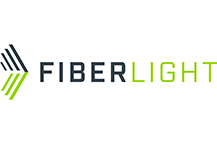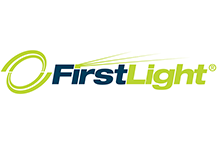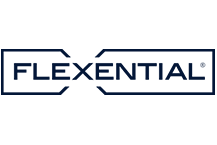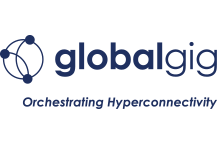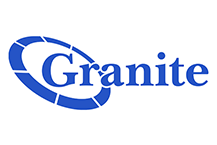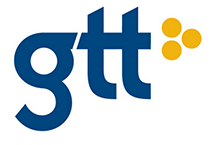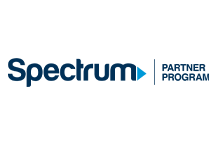Network Connectivity
Reliable, cost effective, widely available, interchangeable connections will enable voice, video, and data communication with customers, suppliers, and other locations including data storage/redundancy facilities.
This includes but not limited to:
Media- Fiber, Cable Modem, Copper, Cellular, Microwave
Types- Dedicated Internet, Private Line (P2P, P2MP, Mesh)
Protocols
SD-WAN
MPLS, VPLS
Ethernet IP
TDM
ATM
Frame Relay
T-1
SIP
DSL
POTS
Interactive Assessments for Network Connectivity
Connectivity- Connectivity encompasses WAN (SD-WAN, MPLS, VPN), Internet (fiber, broadband), point-to-point, voice, and more. It includes services from both traditional telecom and regional fiber providers.
Connectivity Lite- This lightweight version of the Connectivity IQA captures only the most essential fields needed to obtain pricing. For a more detailed assessment, consider completing the full Connectivity IQA.
SD-WAN & SASE- SD-WAN is an evolutionary approach to the WAN that offers simplified management, quick turn-up, better application performance, improved resiliency, and cost savings when compared to traditional approaches. SASE, or Secure Access Service Edge, represents the convergence of networking and security functionality.
SIP Trunking- SIP trunking is a method of delivering voice over the Internet (VoIP), replacing legacy solutions such as analog lines (POTS) and digital PRIs. SIP trunks are delivered to a PBX over dedicated circuits or existing public/private connectivity.
Telecom Expense Management- Telecom Expense Management (TEM) involves the analysis of telecom service orders, inventory, bills and disputes, in order to reduce telecom spend. Telecom Management includes a la carte outsourced services across a business's entire telecom lifecycle, from initial orders to ongoing management to contract terms. It can include auditing, inventory creation, project management, trouble ticket management, and escalation management.


